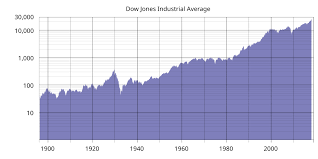Understanding Weatherald and Its Weather Patterns

Introduction
Weatherald, a locale in Australia, holds importance not only for its scenic beauty but also for its diverse weather patterns. Understanding the climate of Weatherald is crucial for residents, farmers, and travelers as it affects daily life, agriculture, and tourism.
Current Weather Trends
As of October 2023, Weatherald has experienced varying weather conditions. The region is known for its Mediterranean climate, characterized by hot, dry summers and mild, wetter winters. Recent reports indicate a shift towards warmer temperatures, with averages climbing above the seasonal norms. This increase can be attributed to broader climate trends affecting Australia. In the past week, temperatures in Weatherald peaked at 30°C, coupled with low humidity levels, making the heat feel more intense.
Impact on Agriculture
The weather in Weatherald is pivotal for local agriculture, particularly for vineyards and grain production. With the recent warmer temperatures, farmers have been adjusting their planting schedules to optimize crop yields. The Australian Bureau of Meteorology has recommended farmers remain vigilant as predictions indicate potential for unseasonal weather patterns, including sudden rain showers that can impact harvest time and crop quality.
Community Preparedness
In light of the shifting weather patterns, the community of Weatherald is implementing preparedness programs aimed at educating residents about climate resilience. Local councils are encouraging sustainable practices such as water conservation and drought management strategies to cope with the changing conditions. Workshops and informational sessions are being held to raise awareness and promote proactive approaches to community safety.
Conclusion
The significance of understanding the weather conditions in Weatherald cannot be overstated. For residents and stakeholders, staying informed about weather patterns is essential for making informed decisions, particularly in agriculture and community management. As climate change continues to influence weather trends, the need for adaptive strategies will only grow. Looking forward, collaboration between government bodies and the community will be key to navigating the challenges posed by evolving weather in Weatherald.









